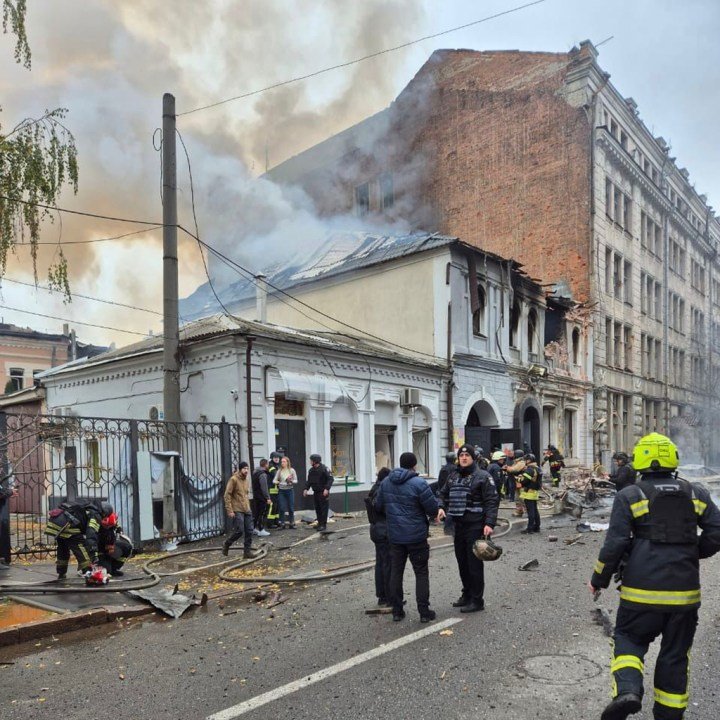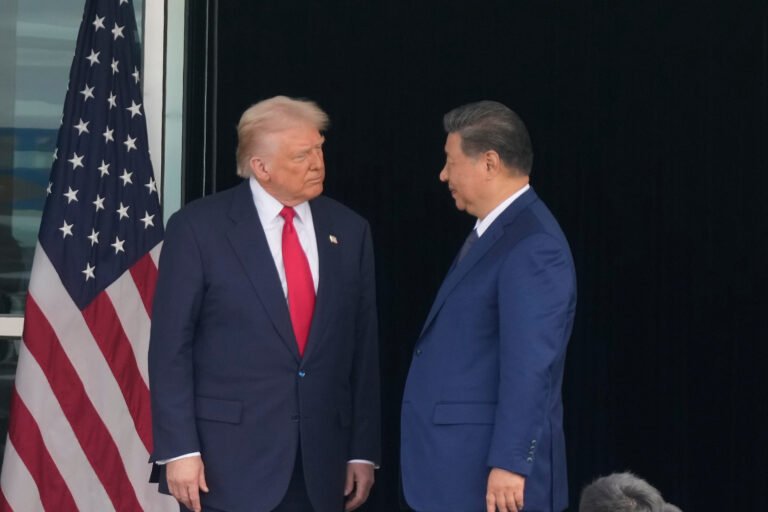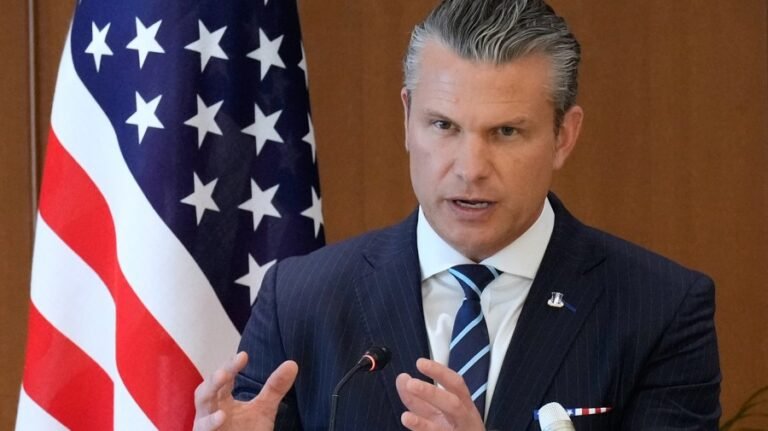
The sound of explosions in the Russian border region of Bryansk was followed by the familiar wail of air raid sirens across Ukraine. On Oct. 22 and into the following day, Russian missiles and drones hit cities from Kharkiv to Odesa, killing at least seven people, including children, and leaving millions without electricity.
Ukraine’s military had earlier claimed a successful strike on a gunpowder plant deep inside Russia, using long-range Franco-British Storm Shadow missiles. The attack was hailed by some as a tactical success, but the response was devastating.
These exchanges are becoming painfully routine. Each “reprisal” triggers another. Each round of strikes pushes the boundaries of escalation. This latest episode coincided with the collapse of proposed U.S.-Russia ceasefire talks in Budapest. Negotiations fell apart over irreconcilable demands, and with them went another flicker of hope for ending a war that has already claimed hundreds of thousands of lives and displaced millions more.
It is now clear that this conflict has become a proxy war in all but name. The United States and its allies continue to pour weapons into Ukraine — Javelins, HIMARS, ATACMS — while promising that these will hasten peace. Instead, the result has been a prolonged stalemate that destroys cities, drains economies, and entrenches divisions. The moral cost is unbearable. I have spoken to Ukrainian families resettled in American cities who still scroll through messages from relatives hiding in basements. A father in Chicago described how his daughter’s school in Zaporizhzhia was leveled by a drone strike. “We have nothing left to rebuild,” he said quietly.
What these stories reveal is that the suffering endures far beyond the battlefields. More than a million Ukrainians have been displaced again this year alone. Homes are gone, hospitals crippled, and energy systems shattered. Yet the flow of arms continues, as if this were the only language Washington knows how to speak. America’s military-first reflex is not a strategy; it is a habit.
The U.S. spends more on defense than the next nine countries combined. Much of that goes to sustain global commitments that yield little long-term stability. The Pentagon’s vast budget fuels the illusion that every geopolitical problem can be solved with a missile or a military base. But each dollar spent on weapons is one not spent on domestic renewal — on rebuilding bridges, improving health care, or tackling climate resilience at home.
In Ukraine’s case, that habit has translated into a war without an endgame. Every new shipment of advanced weaponry raises expectations of victory and invites Russian retaliation. The strike in Bryansk, followed by Moscow’s barrage of 405 drones and 28 missiles, showed just how swiftly escalation cycles spin out of control. Russian nuclear drills this week sent another ominous signal. The human cost of this spiral is staggering. In Kharkiv, emergency workers pulled bodies from the rubble. In Odesa, power cuts shut down hospital wards mid-operation.
This is not strategy — it is endurance testing, financed by American taxpayers.
There are alternatives. If even a fraction of U.S. defense spending were redirected toward diplomacy and reconstruction, it could create the framework for peace. That means funding humanitarian corridors, empowering neutral mediators, and backing UN-led negotiations that involve major regional players like China and India. True diplomacy doesn’t require surrender; it requires realism. It means accepting that no side will achieve absolute victory and that compromise, however distasteful, is the only path to stability.
Recent history supports this. Détente during the Cold War showed that engagement, not escalation, can ease tensions between nuclear rivals. Restraint is not weakness — it’s wisdom learned from experience. Yet in Washington, political courage is often measured by how many weapons one can authorize, not how many lives one can save.
Critics argue that dialing back arms shipments would embolden Moscow. But what, exactly, has the current strategy achieved? Russia’s war machine continues to grind on despite unprecedented sanctions. Ukraine, though resilient, is exhausted. Europe faces energy strains and rising costs. The Global South sees Western double standards laid bare: calls for rules-based order ring hollow when paired with selective intervention.
Instead of perpetuating this destructive loop, the U.S. could lead in rebuilding. It could focus on helping Ukraine become energy independent, supporting its agriculture, and preventing food insecurity that spills across borders. That form of leadership would restore credibility to American diplomacy. It would also recognize that security built on cooperation is more durable than security built on arms.
The global consequences of this war are already immense. Energy prices are climbing again, inflation is squeezing developing economies, and the refugee crisis is straining Europe’s social fabric. The specter of nuclear escalation remains ever-present. These are not distant problems. They shape markets, elections, and the world our children will inherit.
As winter closes in, blackouts and shortages will make life in Ukraine even harsher. Families will huddle in freezing apartments, lit by candlelight, waiting for the next air raid. The moral question facing Washington is simple: will the United States continue to bankroll destruction, or will it invest in peace?
America has the power to shift the trajectory. Reducing foreign arms sales, even modestly, could free up billions for diplomacy, climate adaptation and poverty reduction. Supporting dialogue, however fragile, could open doors that missiles can never unlock.
This war’s latest strikes are not victories to be celebrated. They are tragedies to be mourned. Every explosion is a reminder that endless militarism is not strength but failure. The world doesn’t need another arms race; it needs a race for peace. The United States, with all its influence and resources, still has a choice: continue feeding the cycle of violence or lead the way toward restraint and renewal. It is time to stop treating war as destiny and start treating peace as policy.
Imran Khalid is a physician and has a master’s degree in international relations.


